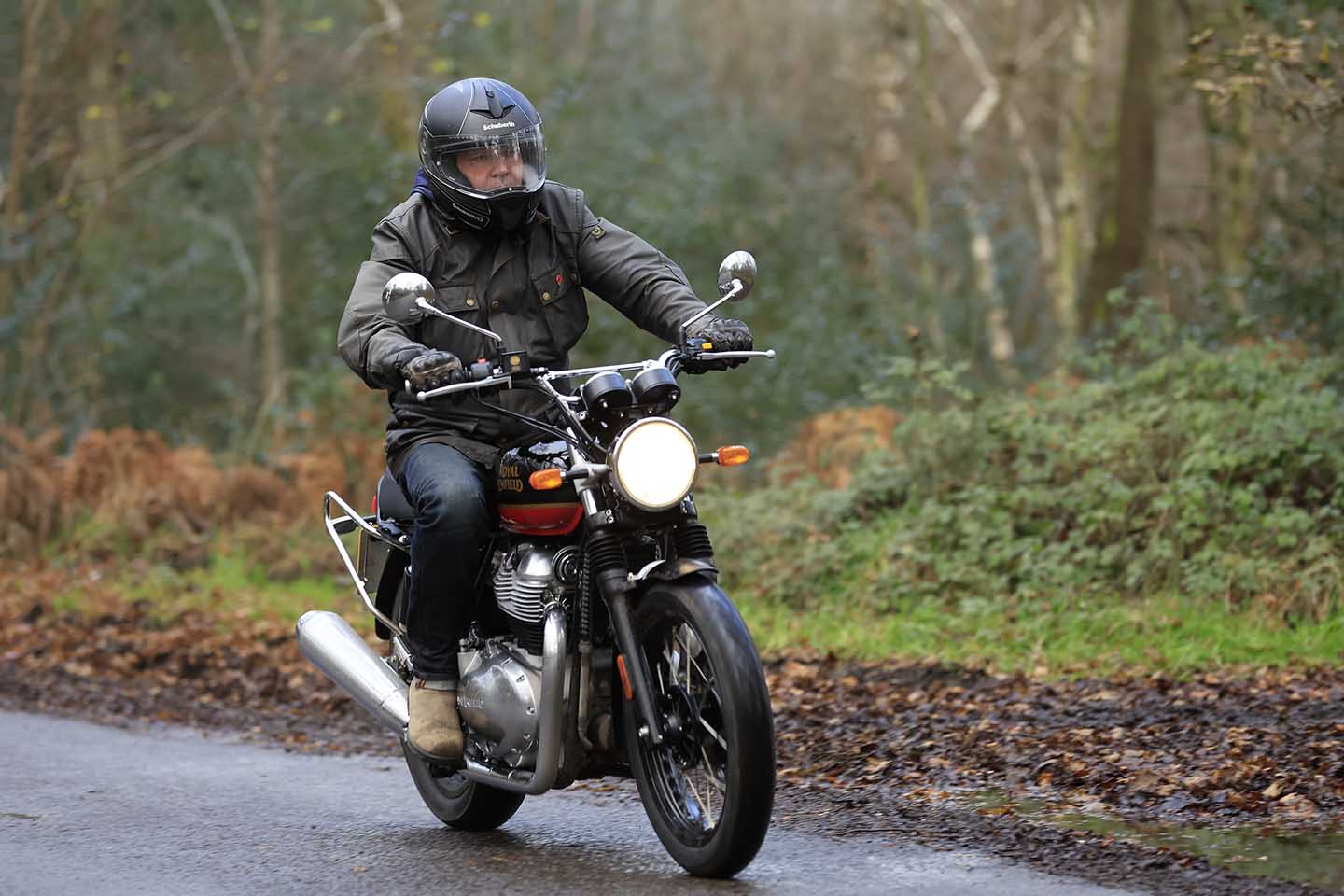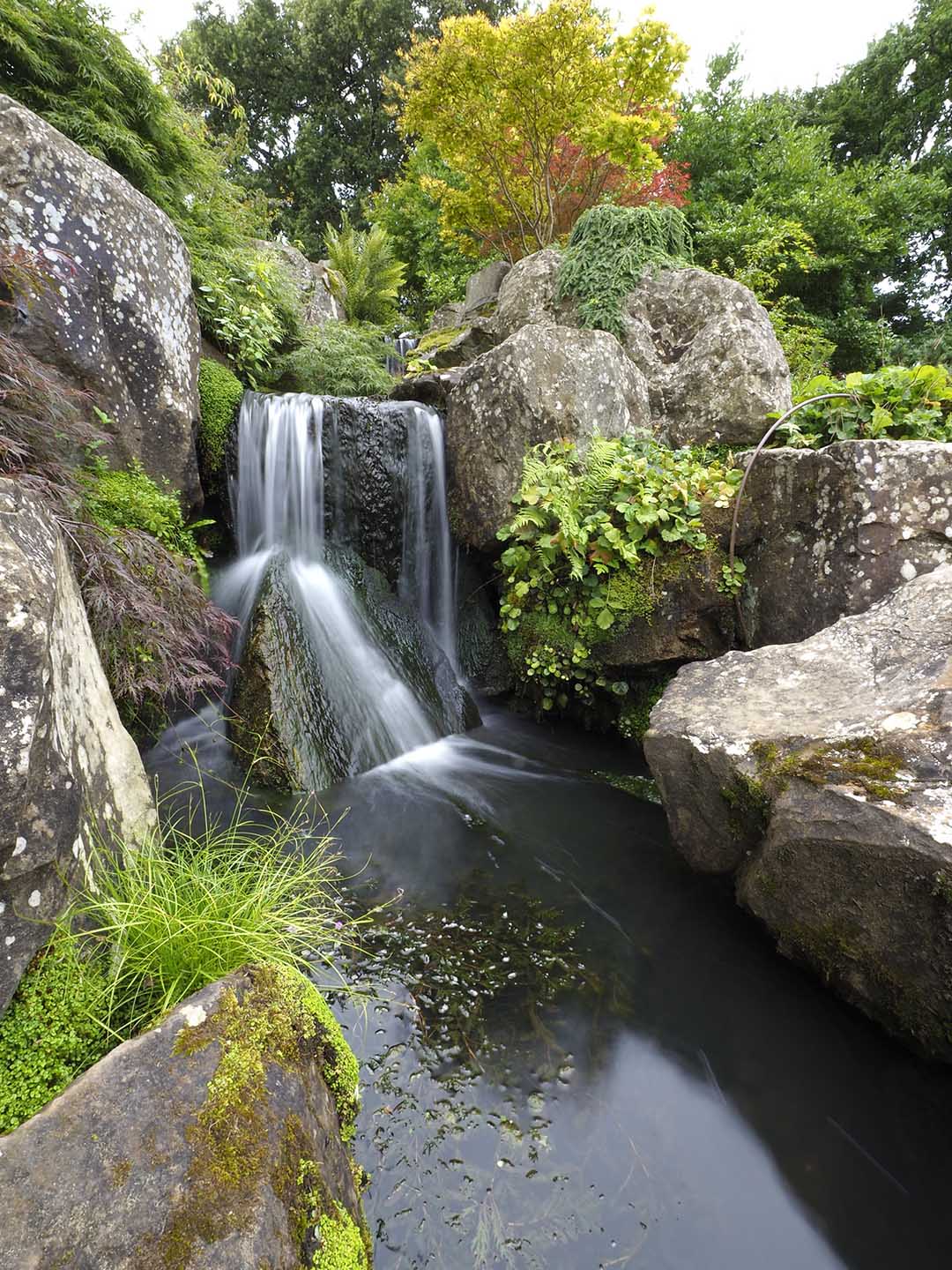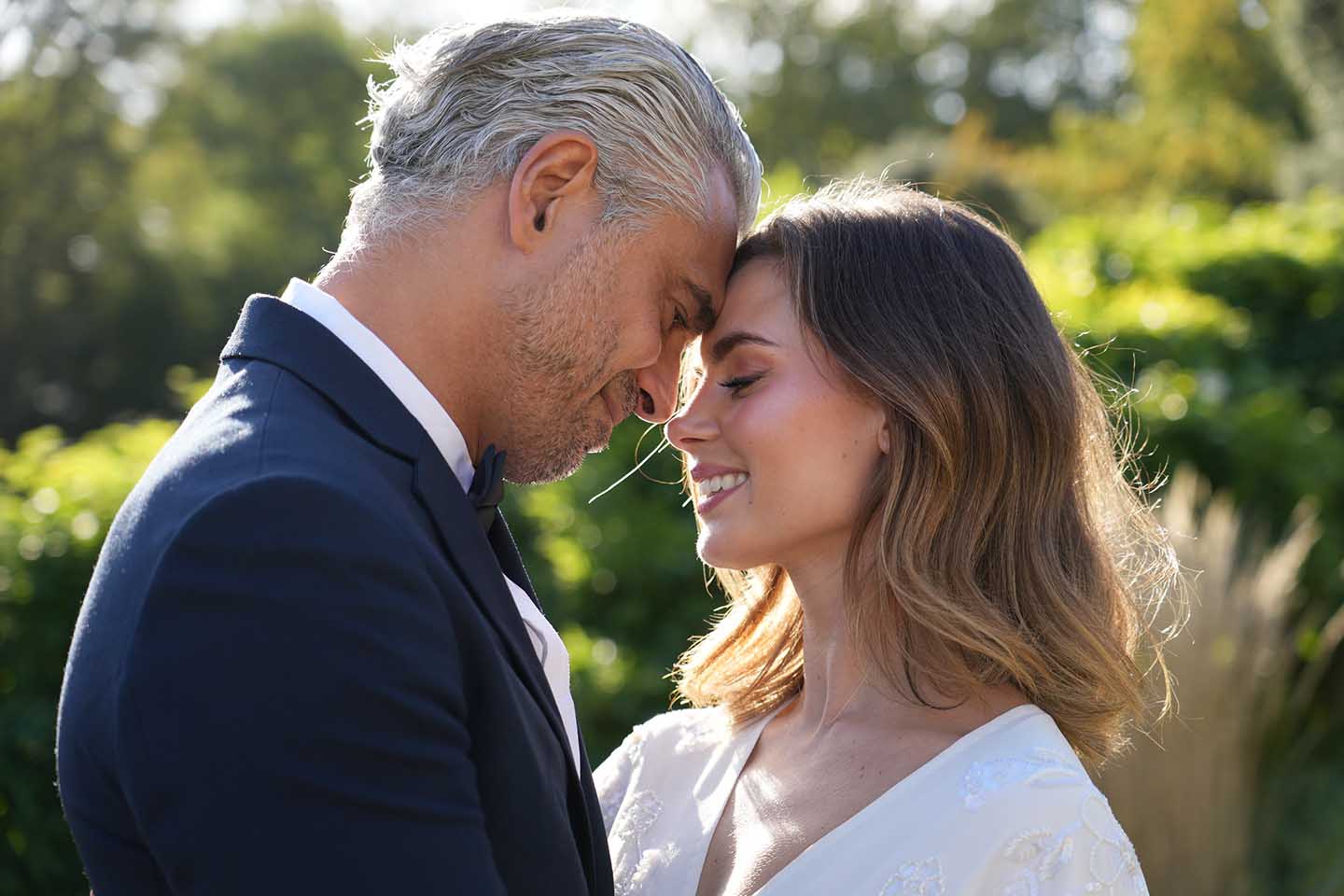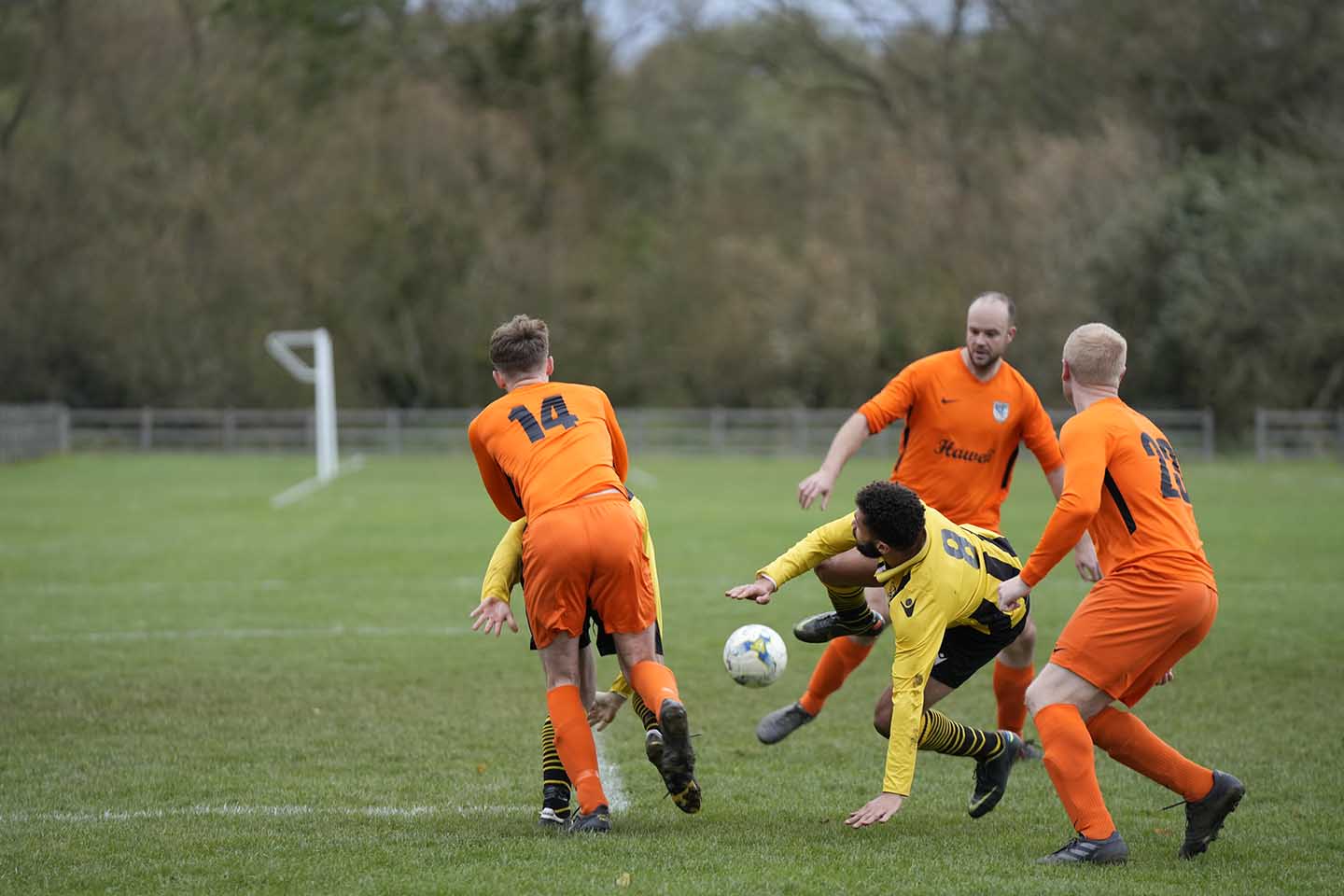As a budding photographer, you’ve likely heard the term “shutter speed” tossed around in the photography community. Understanding this basic camera setting is pivotal to honing your photography skills and capturing images exactly as you envision them. So, what is shutter speed, and how can you use it to your advantage? Let’s dive in.
What is Shutter Speed on a Camera?
Shutter speed is the amount of time that your camera’s shutter is open, allowing light to hit the camera sensor and create an image. Measured in fractions of a second, shutter speed can range from extremely fast (1/8000th of a second) to relatively long exposures (30 seconds or more). It affects both the exposure and the ability to freeze or blur motion in your pictures.
- See our in-depth guide to Photography for Beginners for more techniques and jargon-busting

What is a Fast Shutter Speed?
A fast shutter speed means the camera’s shutter is only open for a brief moment. Fast shutter speeds (e.g., 1/1000th of a second) are excellent for freezing fast-moving subjects in sharp detail, like a flying bird or a sports player in action.
Read More
How to find your safe shutter speed
Which cameras have the fastest shutter speed?

What is a Slow Shutter Speed?
Conversely, a slow shutter speed indicates that the shutter is open for a longer duration. This could be fractions of a second (like 1/4) to several seconds or even minutes. Slow shutter speeds can blur motion, creating an artistic effect, as in light trails or smooth flowing water.
Read More
Daytime long exposure: how to capture movement in water and clouds
How to use Bulb mode for stunning long exposures
Can You Adjust Shutter Speed in Aperture Priority Mode?
In Aperture Priority mode, you select the aperture (f-stop) and the camera automatically determines the appropriate shutter speed for a well-exposed image. However, most cameras allow you to indirectly adjust the shutter speed by manipulating the ISO or exposure compensation.
Read More
What is Aperture Priority mode and how does it work?
Does High Shutter Speed Cause Grain?
No, high shutter speed itself does not cause grain. Grain, or digital noise, is primarily associated with high ISO settings. However, in low light situations, using a high shutter speed may necessitate a higher ISO to compensate for the lack of light, potentially resulting in grain.
Does Shutter Speed Affect Depth of Field?
Shutter speed doesn’t directly affect the depth of field, which is primarily controlled by aperture, lens focal length and distance to the subject. However, shutter speed and aperture are interrelated through exposure. So changing your shutter speed may require an adjustment to your aperture, indirectly affecting the depth of field.
Read More
What is depth of field in photography?
How to get shallow depth of field effects with any camera
Does Shutter Speed Affect Sharpness?
Yes, shutter speed can affect the sharpness of your image. Fast shutter speeds can freeze motion, ensuring sharp photos of fast-moving subjects. Alternatively, slow shutter speeds without proper camera stabilization can introduce motion blur or camera shake, reducing image sharpness.
Does Shutter Speed Affect Video?
Absolutely. In video, shutter speed controls motion blur. A common rule for smooth natural-looking motion in video is the “180-degree rule,” which suggests setting your shutter speed to double your frame rate (e.g., a shutter speed of 1/60th of a second if shooting at 30 frames per second).
What are the Different Shutter Speeds?
Shutter speeds typically start at around 30 seconds and go as fast as 1/8000th of a second, with each setting along the way halving or doubling the duration the shutter stays open. Common shutter speeds include 1 second, 1/2, 1/4, 1/8, 1/15, 1/30, 1/60, 1/125, 1/250, 1/500, and so on.
What do Shutter Speed Numbers Mean?
Shutter speed numbers refer to the length of time the shutter is open. A shutter speed of 1/60 means the shutter is open for one-sixtieth of a second. The larger the denominator, the faster the speed, and the less light gets in.
Read More
Are shutter speed and aperture the same? A simple guide for beginners
What is the Best Shutter Speed for Moving Objects?
The best shutter speed for moving objects often falls in the faster range, from 1/500 to 1/2000, depending on the speed of the subject. These speeds help freeze motion, ensuring the subject is captured with clarity and detail.
Read More
What shutter speed for filming moving subjects?

What is the Best Shutter Speed for Portraits?
For portraits, a safe shutter speed is usually between 1/60 and 1/200. This range is slow enough to allow adequate light and fast enough to prevent noticeable blur from the subject’s or photographer’s movements.

What is the Best Shutter Speed for Sports?
Sports photography often requires very fast shutter speeds to freeze high-speed action. Generally, you would aim for a shutter speed of around 1/1000 to 1/2000.
What is the Ideal Shutter Speed?
The “ideal” shutter speed depends on your creative intention and lighting conditions. If you want to freeze motion, you’ll need a faster shutter speed. If you want to introduce motion blur for an artistic effect, a slower shutter speed is necessary. A well-balanced exposure will often require a compromise between shutter speed, aperture, and ISO.
What is the Standard Shutter Speed?
While there isn’t a definitive “standard” shutter speed, 1/60 is a common benchmark. This speed is typically fast enough to prevent camera shake and slow enough for adequate exposure in a variety of lighting situations.
Understanding shutter speed is crucial in your journey to becoming a proficient photographer. It’s an aspect of photography that offers a blend of technical knowledge and creative freedom. So grab your camera and start experimenting with different shutter speeds – you’ll be amazed at the variety of effects you can achieve!
- Don’t miss our guide to Photography for Beginners: essential techniques and best cameras




